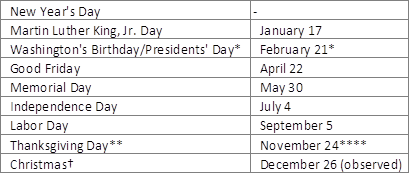Many of you read my post entitled “Jack be Nimble” in the Peanut Gallery. At first the post seemed to be about analyzing the price of oil until I eventually stated that my point was to wait for price action. Some of you teased me for churning up the very noise I suggested that we ignore, but I feel there is a place for that noise. Some of you prefer to make only short term trades based on price action alone and feel overwhelmed by large amounts of data and I respect that completely.
Personally, I enjoy looking at both styles of stock trading in order to get a bigger picture. I have a value investor/fundamentals background and in one of my other posts I also mentioned that what I had noticed was that even if my analysis for valuation for a stock was correct, I still didn’t feel I had a strong sense of where to get in or out of a stock; I would guess at a bottom, worse I would often sit on a stock and ride it down into a grotto of losses waiting for it to return because I was sure I had the value right.
Once I started getting the idea for getting on and riding a trend-line and looking for triangles, my trades became more efficient, but I was still strictly value investing, which has it’s limitations.
When I decided to add in shorter term trades based solely on technicals, my ability to bank coin grew exponentially. And so my current style is to do a combination of both. I use technical charting to know when to get in and out of a position and I use valuations to decide how long I am willing to stay in a position. This is not to say that I value every stock I get into to. There is no point in spending extra time to value a stock that I am in just for a breakout. I won’t stay in a stock for very long unless I am comfortable with the valuation. I do find that I will be more cautious about a stock whose value I am concerned about, but is presenting a bullish chart. If I get in, I do so with a short leash.
As I am now using Worden StockFinder to screen for bullish patterns and have learned to train my eye to spot the patterns, I have become pretty good at stock picking. In addition I have learned to look for buying volume to let me know when it is time to pile in. I am currently studying the candlestick patterns in order to take my technical analysis to the next level, but I digress as I have learned much of this from chessNwine and Ragin Cajun and must give absolute props to the amazing trading room and educational tools that have been developed in 12631 by Fly, Chess, RC, and Jeremy.
For this reason, I will focus my posts here on sharing with you the decisions I make when I make them, but I will also do a series of posts I will call, “Fundamentals for Dumb-Me”. While we have excellent value investors who post and blog on Ibankcoin, they tend to give their analysis rather than teach valuation skills.
There were some excellent posts last year by @robert that discussed stock valuation, but these were fairly complicated. I must give full props to @robert for his pieces are truly educational and exceptionally well written if not a bit advanced for our purposes. If you wish to take the time to read his posts and do the homework that would be required to fully understand them, you would acquire a good buy-side view of fundamentals. By no means will I suggest that you will be able to do full fundamental analysis from my simplified versions, as there are too many pieces to the puzzle but I hope to give you some ideas on how to look at the bigger picture. Basically I intend to take some portions of what @robert taught us last year and simplify it.
My first post in this series will include a glossary of terms as it will not behoove you to have to look up each set of initials while trying to understand their context. Certainly there are plenty of sites on the internet where you can find these, buy my goal is to put it all here for you in one place.
Please feel free to ask for any specifics as we go along. Happy trading and learning.






 Few days ago, Reed Hastings
Few days ago, Reed Hastings